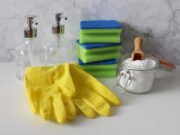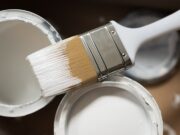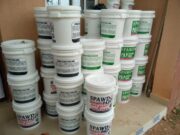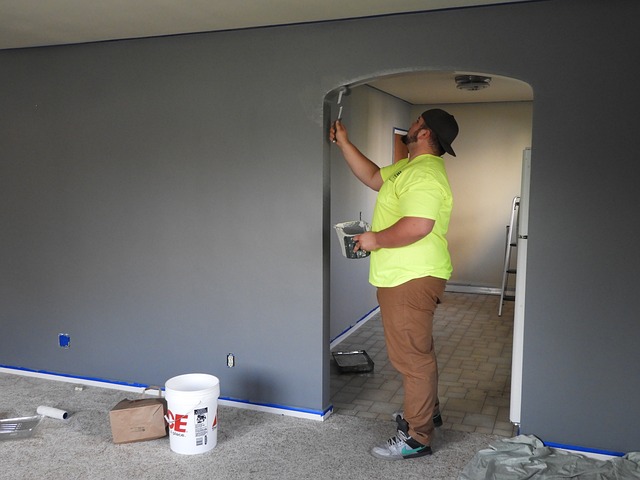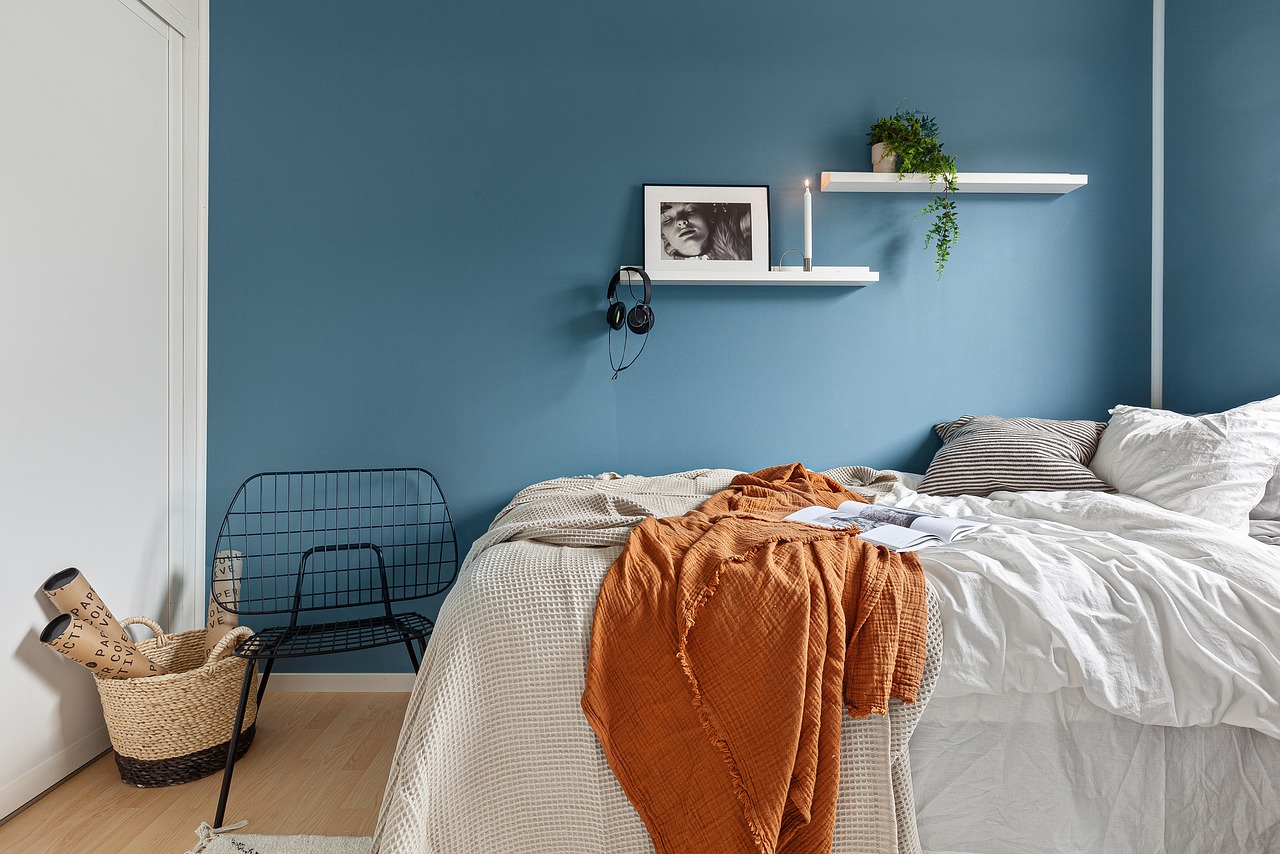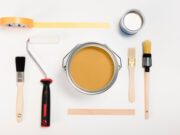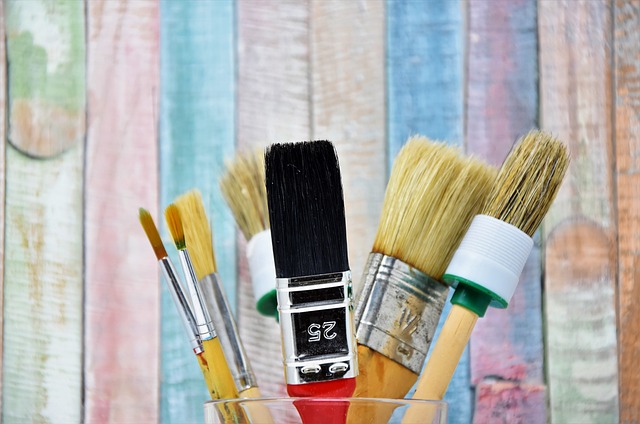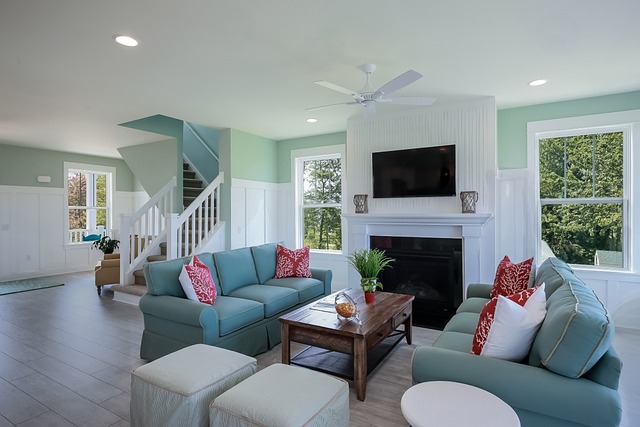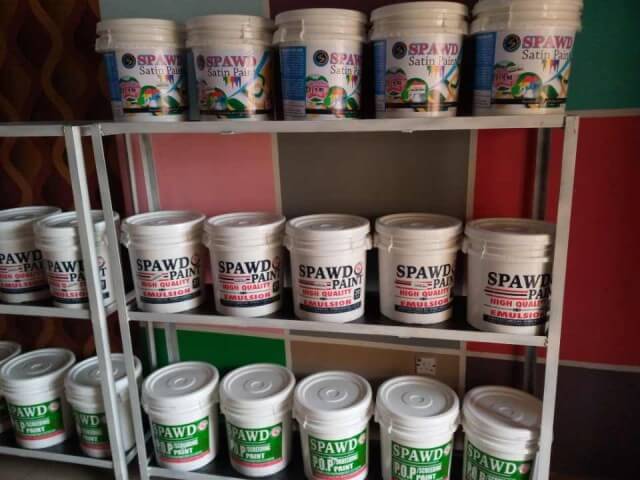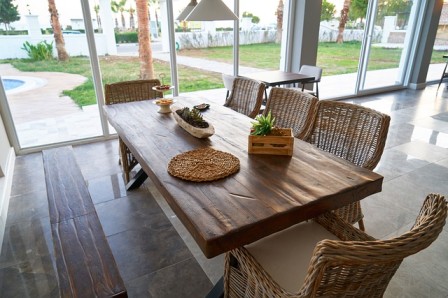Spray painting your wooden furniture is a fantastic way to breathe new life into an old piece or give a custom touch to newer items.
With the right techniques, materials, and patience, you can achieve a smooth, even, and durable finish that looks professional.
This guide will walk you through each step, from preparing your workspace to the finishing touches, so you can spray paint your wooden furniture like a pro!
1. Choosing the Right Paint and Tools
The first step to achieving a professional-looking spray paint finish is selecting the appropriate paint, tools, and materials.
Types of Spray Paint
1. Acrylic Spray Paint
These work well on wood and provide a durable, water-resistant finish. It’s also easy to work with, dries quickly, and is available in a variety of colors.
2. Oil-Based Spray Paint
Known for its durability, oil-based paint is excellent for high-traffic pieces of furniture.
However, it takes longer period to dry and may require a primer.
3. Lacquer Spray Paint
These is ideal for achieving a glossy, polished look.
Lacquer can be more challenging to work with and it requires a well-ventilated area due to its strong fumes.
4. Chalky Finish Spray Paint
This type of paint gives a matte, vintage look and doesn’t require sanding before application, making it a great option for DIY projects.
Selecting a Spray Gun or Spray Can
1. Spray Can
This is best for smaller projects and is convenient for beginners.
2. HVLP (High-Volume, Low-Pressure) Spray Gun
Ideal for larger projects as it provides more control over the paint application and reduces overspray.
3. Airless Spray Gun
This powerful tool is excellent for large pieces or multiple pieces. However, it requires experience to avoid runs and overspray.
Other Essential Tools and Materials
1. Primer
Primer helps paint adhere better to the wood, improves durability, and blocks stains.
2. Drop Cloth or Tarp
This protects your workspace from paint drips and overspray.
3. Sandpaper (Medium to Fine Grit)
This smooths the surface and removes imperfections.
4. Safety Gear
Goggles, gloves, and a respirator mask to protect against fumes and dust.
2. How To Prepare Your Workspace
Preparation is essential for a professional finish. Follow these steps to create an ideal workspace.
1. Choose a Well-Ventilated Area
Spray painting indoors can be hazardous due to fumes, so you either work outside or in a room with excellent ventilation, such as a garage with open doors and windows.
2. Set Up Your Drop Cloth or Tarp
Place your furniture on a sturdy surface covered with your drop cloth or tarp.
This protects the area around your piece and keeps it steady as you work.
3. Ensure Adequate Lighting
Good lighting will help you see imperfections and ensure even paint coverage.
4. Cover Nearby Items
Protect your surrounding surfaces and items with plastic or painter’s tape to prevent them from getting paint on them.
3. Preparing the Furniture
Proper preparation of the furniture’s surface is the key to a smooth, and even spray paint finish.
1. Clean the Surface of the Furniture
Use a damp cloth or gentle cleaning solution to remove dust, dirt, grease, or wax. This will ensure the paint adheres better and prevents bubbles.
2. Sand the Wood
Start with Medium Grit (120) – Sand the entire surface to remove any existing paint or finish. Sanding also helps the primer and paint adhere better.
Finish with Fine Grit (220) – This will smooth out the surface and reduce visible scratches from the initial sanding.
Lastly, Wipe Down the Surface – After sanding, wipe down the wood with a tack cloth to remove dust.
3. Apply Primer
Choose the Right Primer – Select a primer suited for wood and compatible with your paint type (oil-based or water-based).
Spray the Primer Evenly – Hold the spray can or gun 8-12 inches away from the surface and apply in light, even strokes.
Allow the primer to dry completely, typically for 1-2 hours.
4. How To Best Apply the Spray Paint
Now that your furniture is clean, sanded, and primed, you’re ready to apply the spray paint. Here are some key techniques for achieving a smooth finish.
1. Hold the Spray Can Correctly
Maintain a consistent distance of 8-12 inches away from the surface.
Holding it too close may cause drips, while holding it too far can lead to uneven coverage.
2. Use Light, Even Coats
Apply thin, even coats rather than a single thick layer.
Start each spray pass slightly before the edge of the piece, and move in a steady motion. Overlap each pass slightly to ensure an even finish.
3. Avoid Drips and Runs
Drips and runs are more likely with thick layers of paint.
If you notice a drip forming, use a clean brush to gently remove it, then let the area dry before applying additional coats.
4. Apply Multiple Coats
It’s best to apply 2-3 thin coats, allowing the paint to dry between each one.
This builds a smooth, durable finish without adding excess thickness, which can lead to peeling or cracking over time.
5. Wait for the Paint to Dry
Drying times vary based on paint type, but generally, allow at least 1-2 hours between coats and a full 24 hours after the final coat before moving or using the furniture.
5. Adding a Protective Top Coat
To give your piece a professional, lasting finish, consider adding a top coat.
Types of Top Coat
1. Clear Acrylic Sealer – This adds a durable, and water-resistant layer.
2. Polyurethane Spray – Available in matte, satin, and gloss finishes, polyurethane offers strong protection against scratches and water.
3. Wax Finish (for Chalk Paint) – Buffing wax into chalk-painted pieces adds a soft, vintage sheen and moderate protection.
How to Apply the Top Coat
1. Use Thin, Even Layers – Like the paint, the top coat should be applied in thin, even layers to avoid buildup or drips.
2. Allow Proper Drying Time – Each layer of the top coat needs adequate drying time (typically 24 hours) to achieve a solid finish.
6. The Finishing Touches and Clean-Up
After your furniture has fully dried, it’s time to add the final touches and clean up your workspace.
1. Inspect and Polish the Surface
Gently inspect for any imperfections like bumps or rough patches. If you find any, lightly sand the area and apply a touch-up coat.
Finally, use a soft cloth to gently polish the surface if desired.
2. Reassemble the Furniture
If you removed any hardware or disassembled parts for painting, reassemble everything carefully.
3. Dispose of Leftover Paint and Materials
Dispose any leftover paint or materials responsibly, following local regulations.
Clean your tools and workspace thoroughly, ensuring that any leftover paint or primer does not dry inside your spray guns.
7. How To Maintain Your Painted Furniture
A well-sprayed piece of furniture will last longer by adhering to the following maintenance tips.
1. Regular Cleaning
Dust the surface of your furniture regularly and clean any spills immediately to prevent stains or scratches.
2. Avoid Direct Sunlight and Moisture
Prolonged exposure to sunlight or moisture can fade or damage the painted furniture.
3. Recoat When Necessary
Over time, your furniture may need a touch-up or recoat. Lightly sand and clean the area before applying another thin coat of paint or topcoat.
Conclusion
Spray painting wooden furniture is a rewarding DIY project that allows you to express your creativity and save money by revitalizing older pieces.
By following this guide, you’ll be able to spray paint your wooden furniture like a pro, adding a personalized, polished touch to your home décor.
Happy painting!





